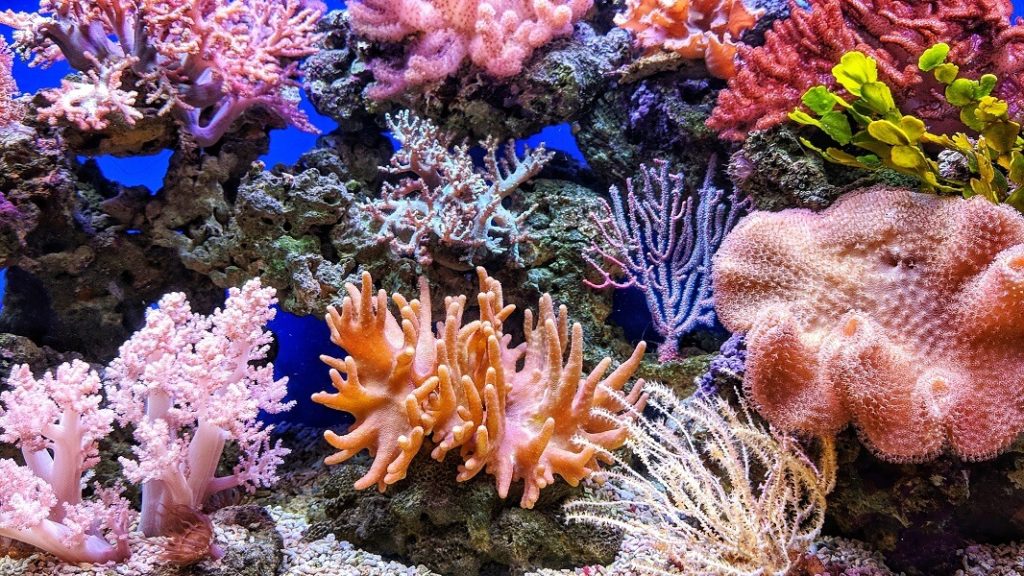Scientists are creating lab-grown coral in a bid to save the fast-disappearing Florida Reef Tract, the third-largest barrier reef in the world.
Researchers say they have made history by being the first to spawn endangered Atlantic pillar coral in a lab-induced setting. Known as Project Coral, the effort was launched in 2017. It is a collaboration between the Florida Aquarium’s Center for Conservation and the London-based Horniman Museum and Gardens.
The partnership sees to the Florida Aquarium using research protocols developed by Horniman to spawn coral in a lab. The technique has previously only been accomplished with Pacific coral species. Researchers will raise juvenile coral in a setting that mimics the coral’s natural environment. This is expected to give it a better chance of surviving in the wild.
“The massive and fully synchronized spawning at The Florida Aquarium’s Center for Conservation, which occurred exactly at the predicted wild spawning time, indicated perfect aquatic conditions for pillar corals in our Project Coral system,” Senior Coral Scientist Keri O’Neil said in a statement. “When you have great husbandry, great water quality, and all of the right environmental cues, this is what you can do, you can change the game for coral restoration.”
The scientific breakthrough is being hailed as a big step toward restoring the dying reefs in Florida and the Caribbean. Coral reefs are incredibly biodiverse, often nicknamed the “rainforest of the sea.” They are habitat to 25 percent of the world’s fish species, according to the National Oceanic and Atmospheric Administration (NOAA). Healthy coral reefs are also essential to protecting shorelines from waves and storms, preventing the loss of homes and livelihoods.

Why Are Coral Reefs At Risk?
Climate change, pollution, and overfishing are the top threats to coral reef. Over the past three decades, more than a quarter of the world’s coral has been lost. This is typically due to coral bleaching. Healthy coral has a symbiotic relationship with a microscopic known as zooxanthellae. When water temperatures and pollution levels rise, the algae leave the coral, leaving it without food and protection.
More than half of the Caribbean’s coral was lost to a mass bleaching event in 2005, according to NOAA. Bleaching is linked to warmer temperatures, but unusually cold water in 2010 resulted in a coral loss in the Florida Keys. Between 2014 and 2017, mass bleaching affected more than 75 percent of the world’s coral. It is the longest, most widespread, and most destructive mass bleaching event on record.
According to the EPA (Environmental Protection Agency), agricultural run-off such as animal waste and excess fertilizer is a threat to coral reefs. The organization notes that excess nutrients “can lead to the growth of algae that blocks sunlight and consumes oxygen corals need for respiration. This often results in an imbalance affecting the entire ecosystem. Excess nutrients can also support growth of microorganisms, like bacteria and fungi, that can be pathogenic to corals.”
Coral can recover, but it can take years for ecosystems to fully heal. Lab-grown coral transplanted into the ocean may speed up the process. Researchers at the Florida Aquarium are also working to save endangered species of coral that inhabit the Florida Reef Tract.


